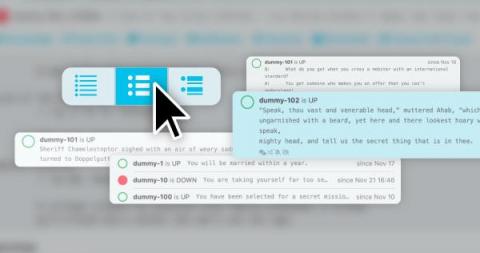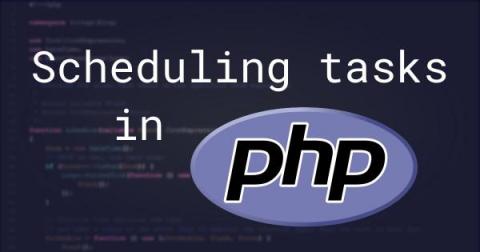Less is more ... or more is more? Decide for yourself with Icinga DB Web list view modes
With Icinga DB Web you can now customise Icinga Web’s list views to your needs. While in one scenario you might be more interested to see as many objects as possible at a glance, in another scenario detail attributes of only a few objects will be more important to you. Yet, in the first case, you would even be distracted by more detailed information.











